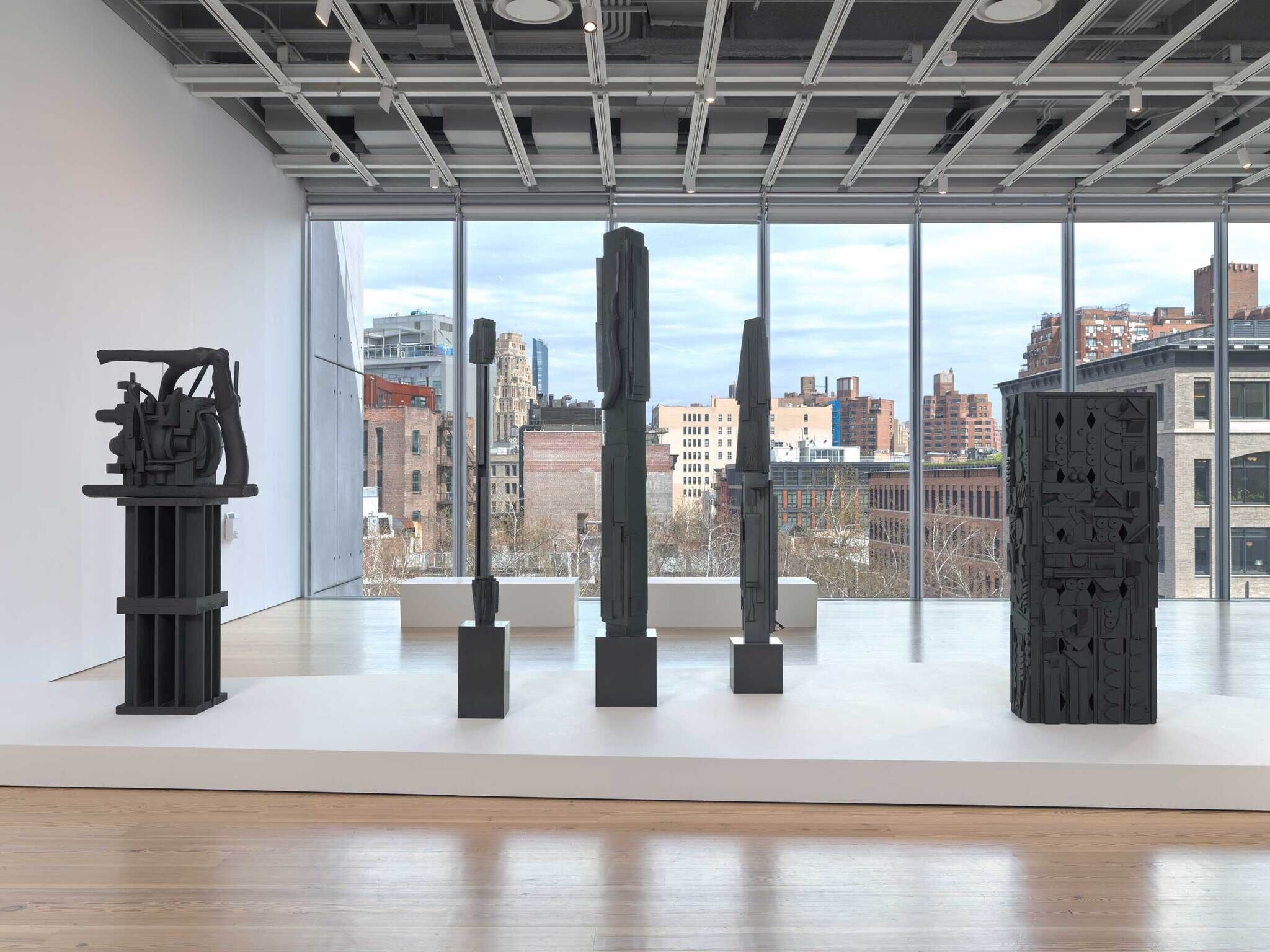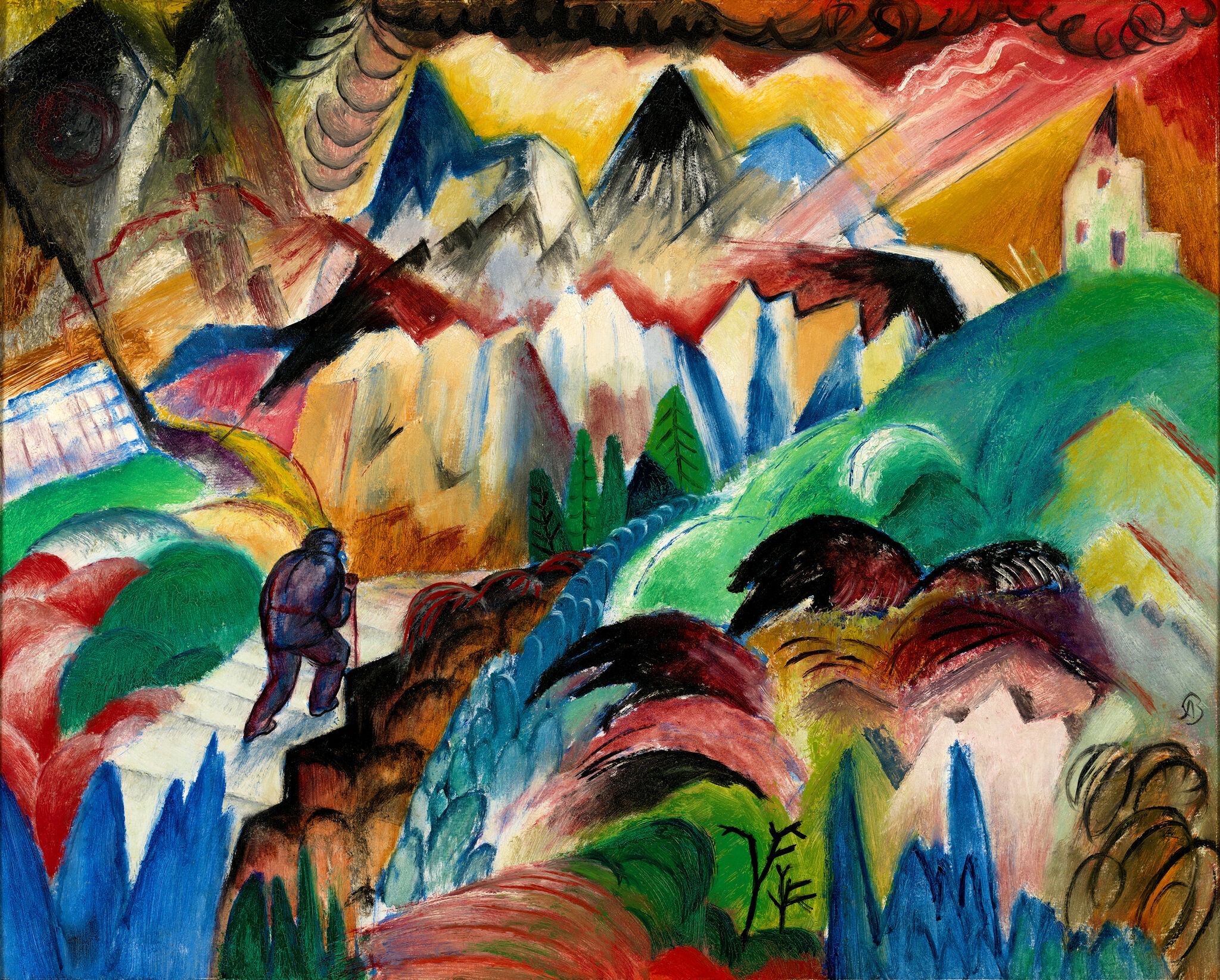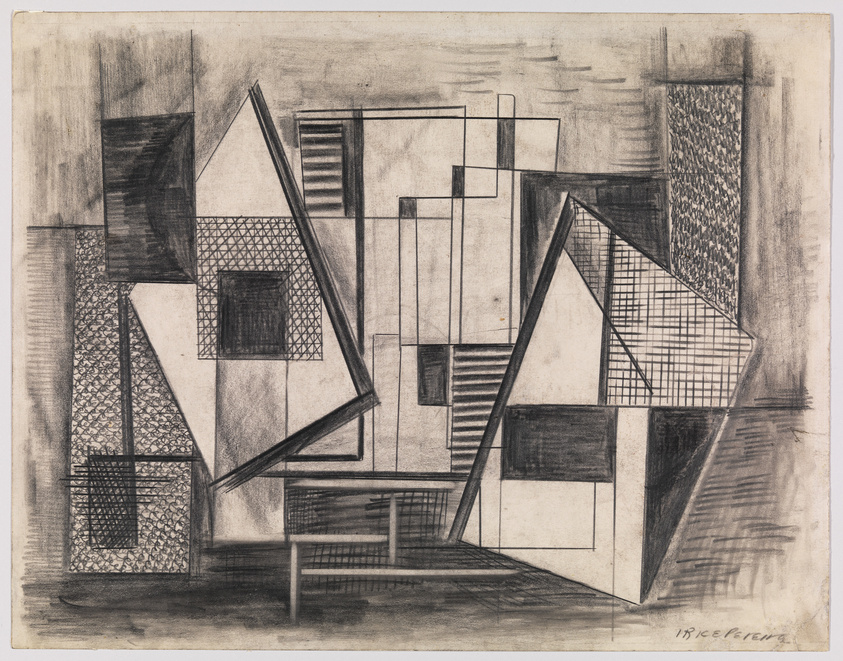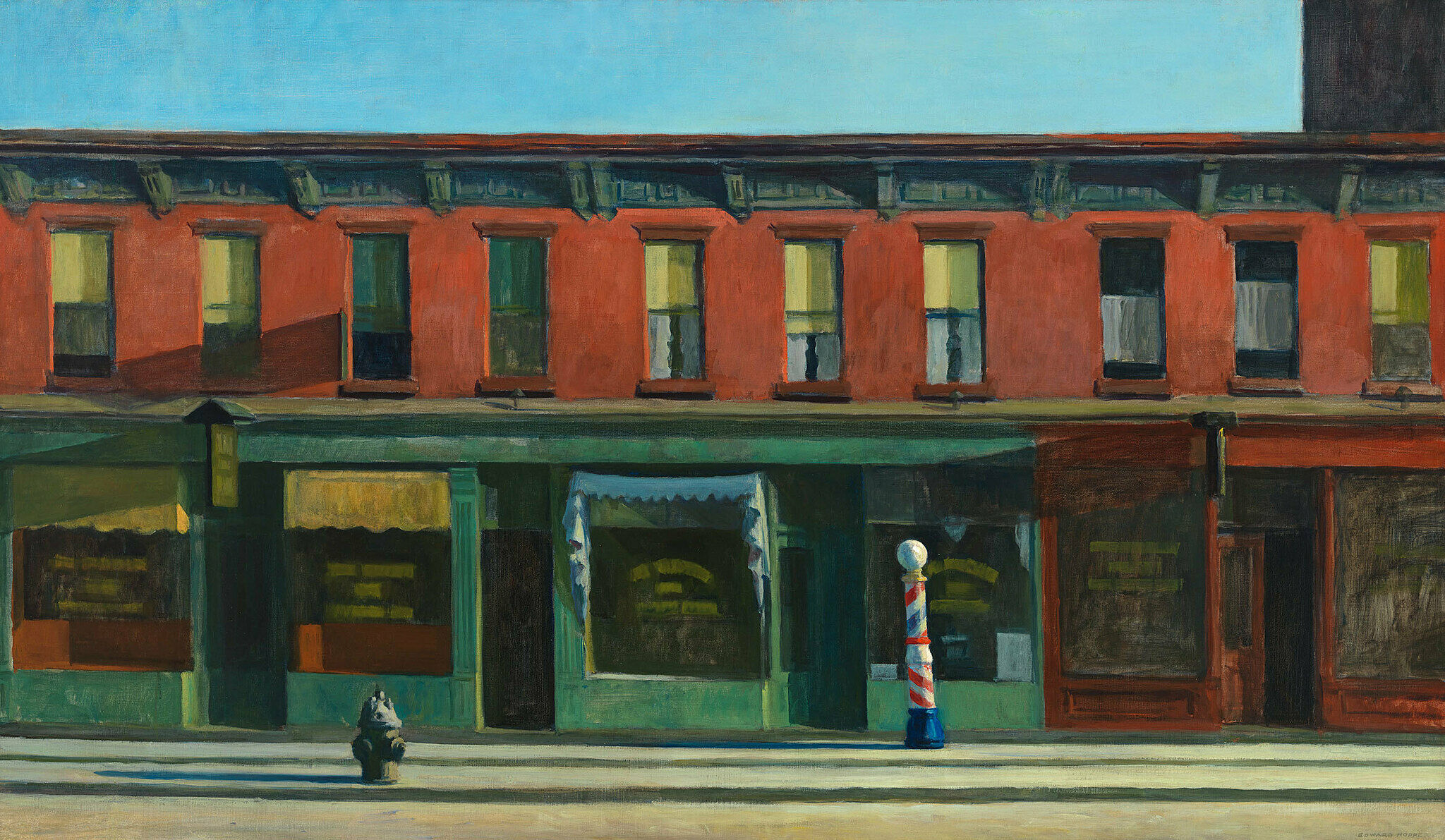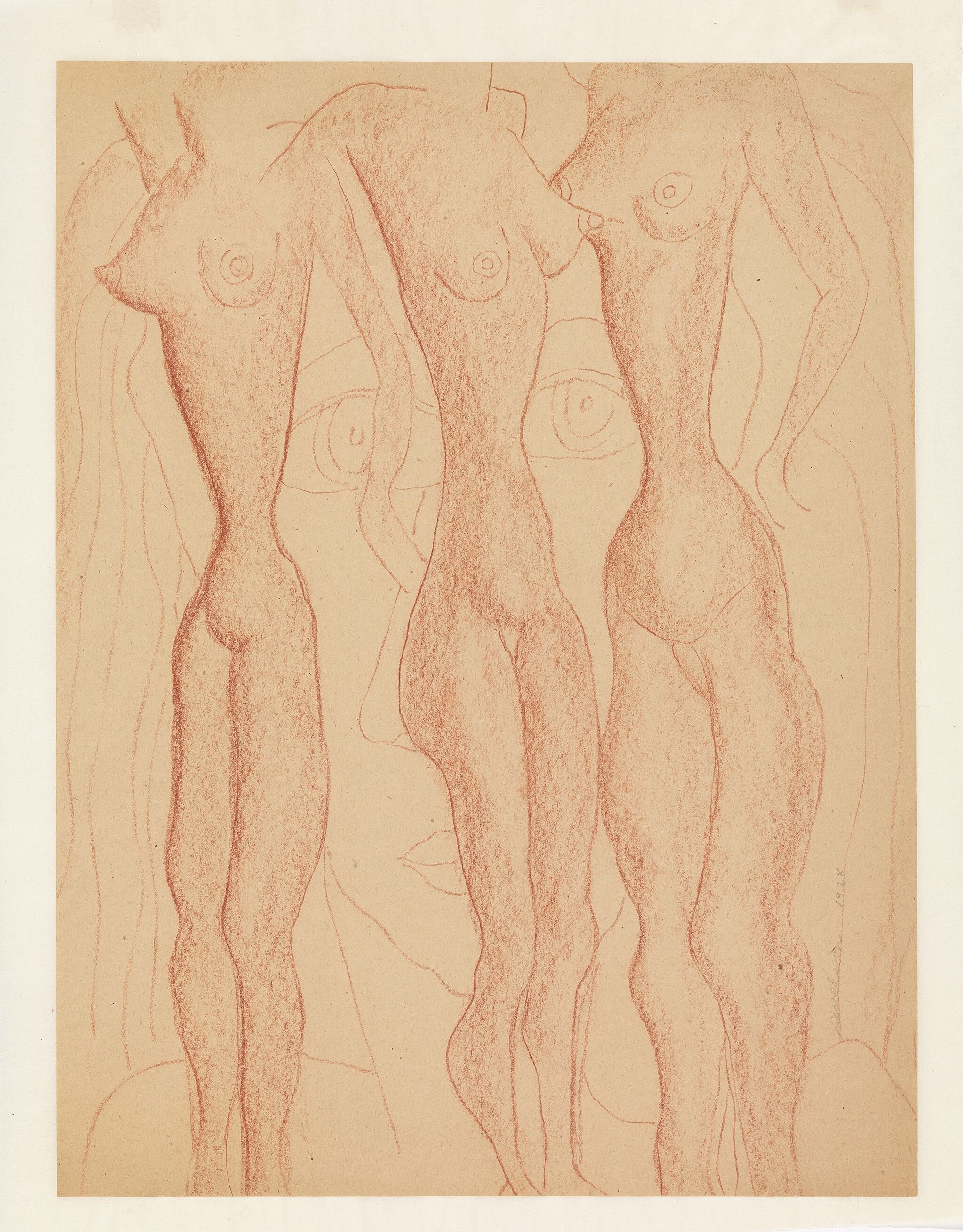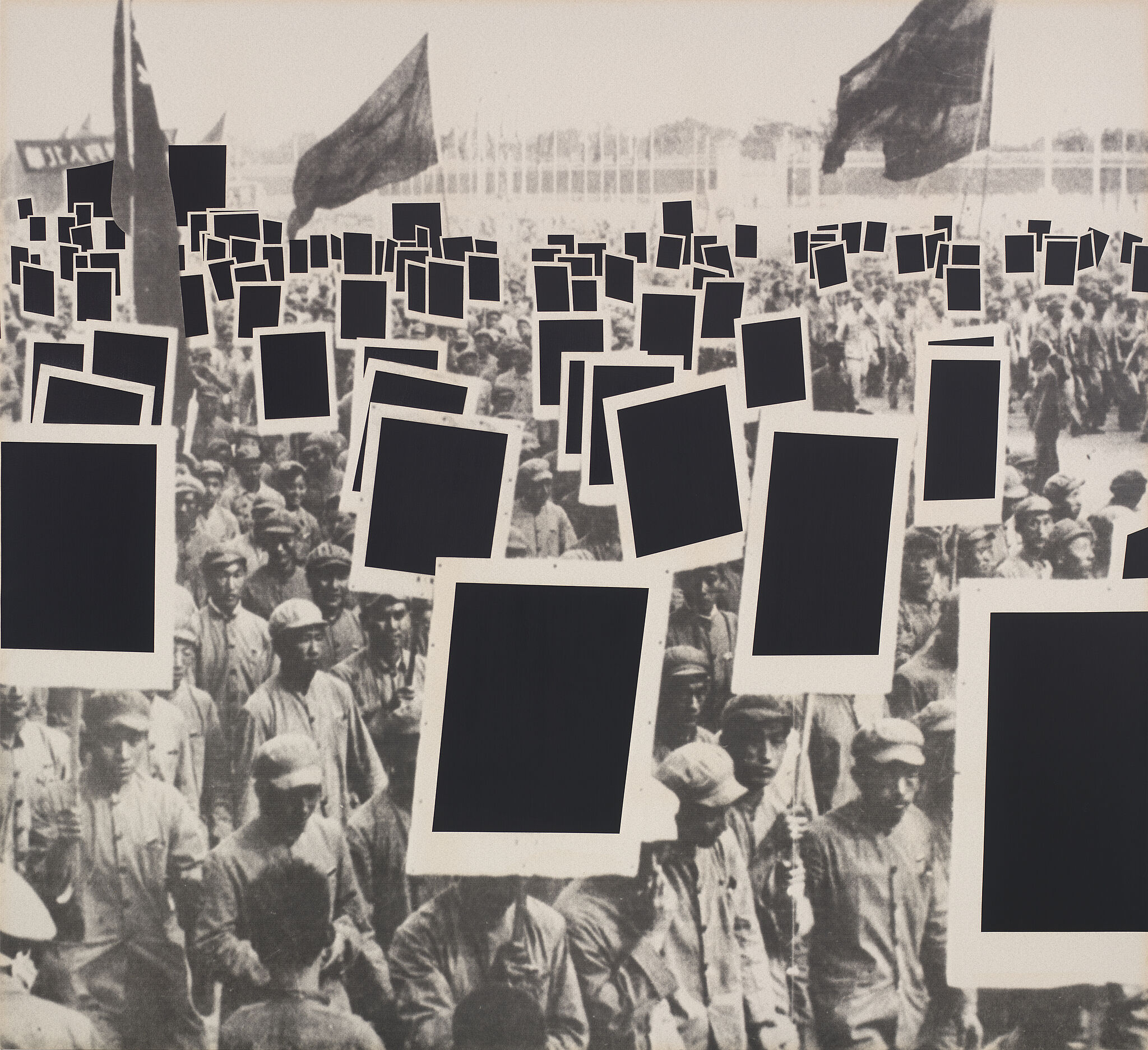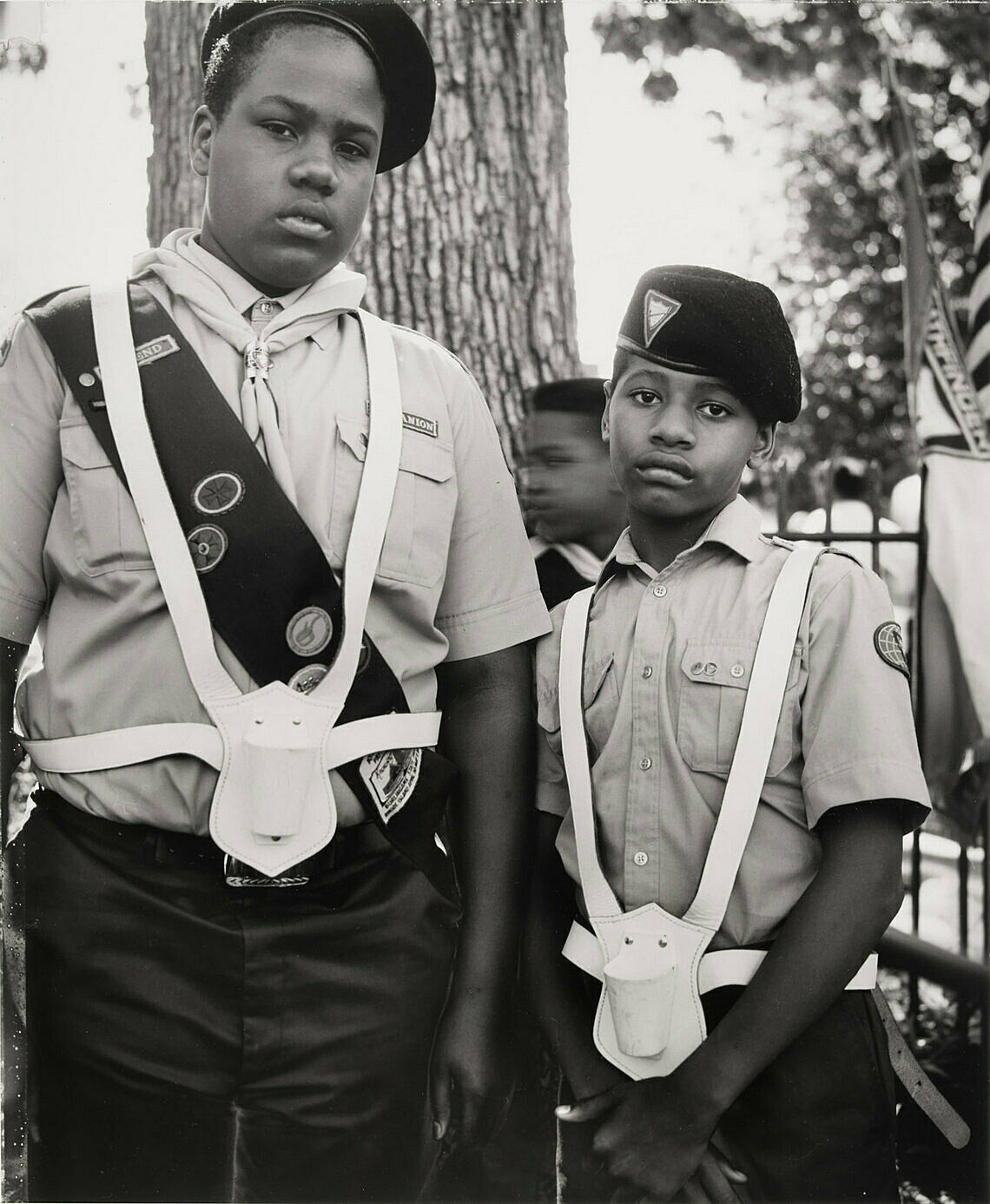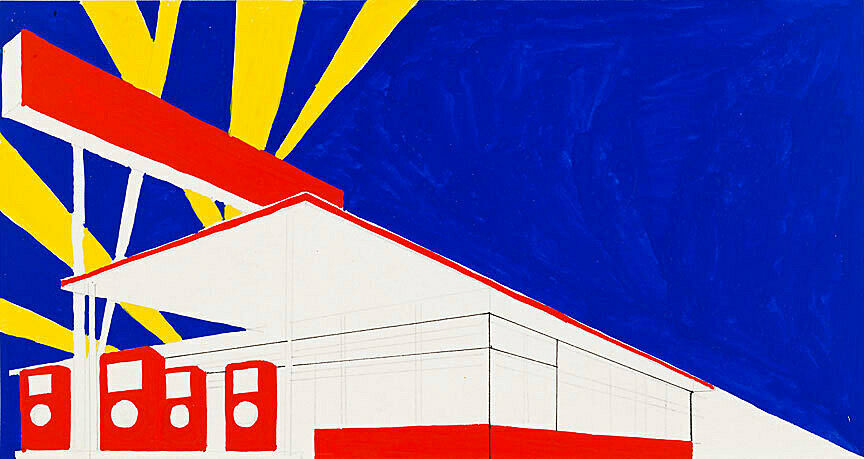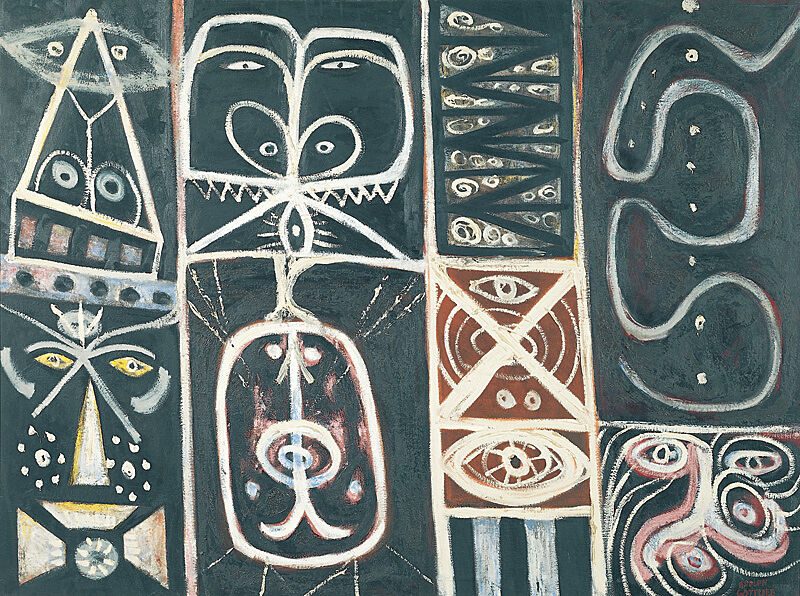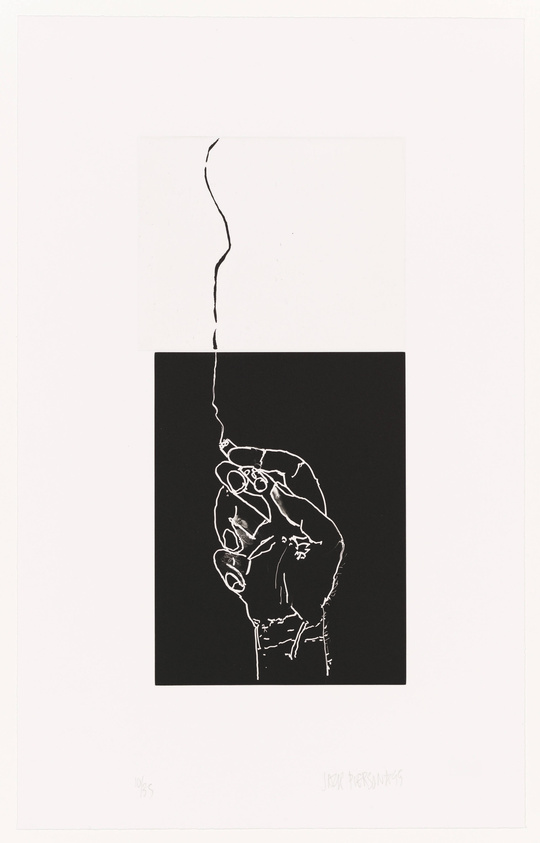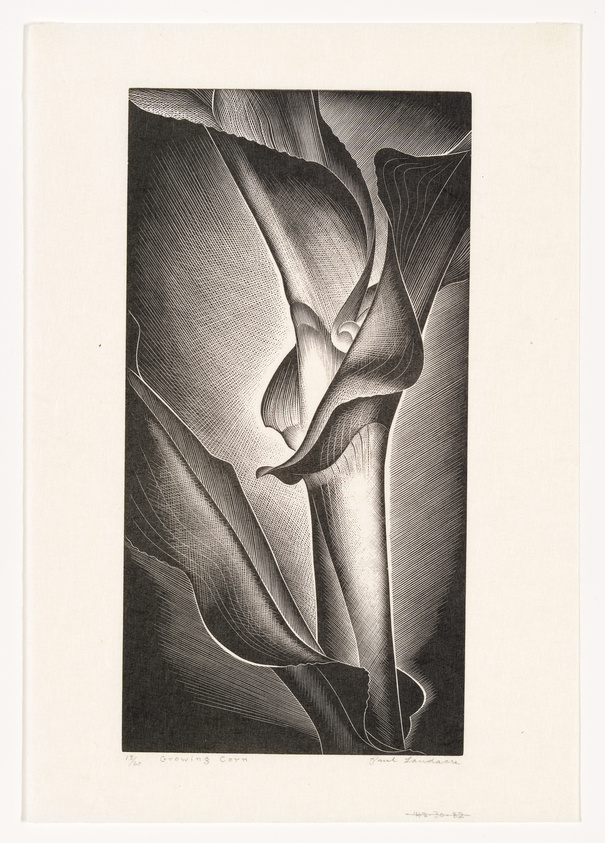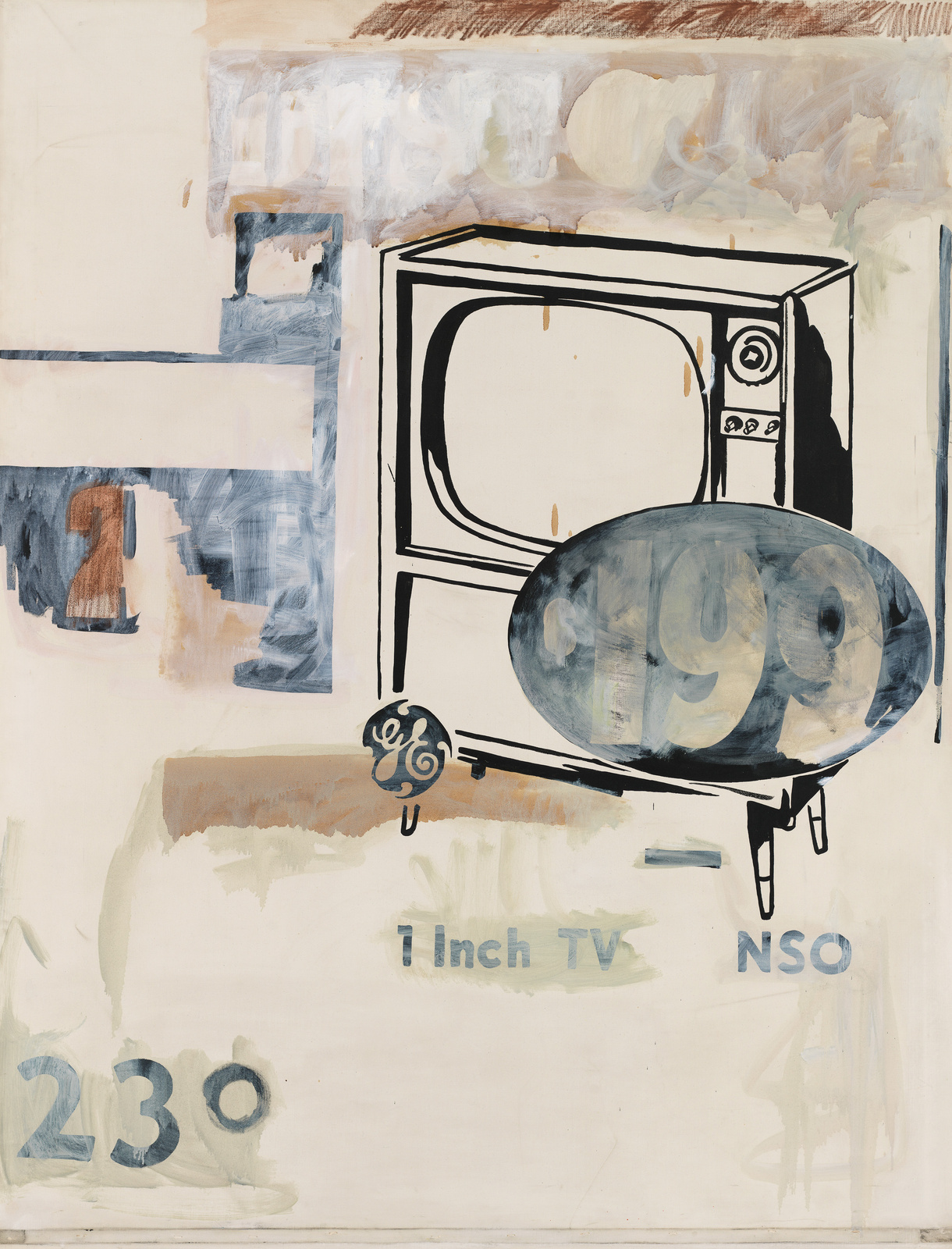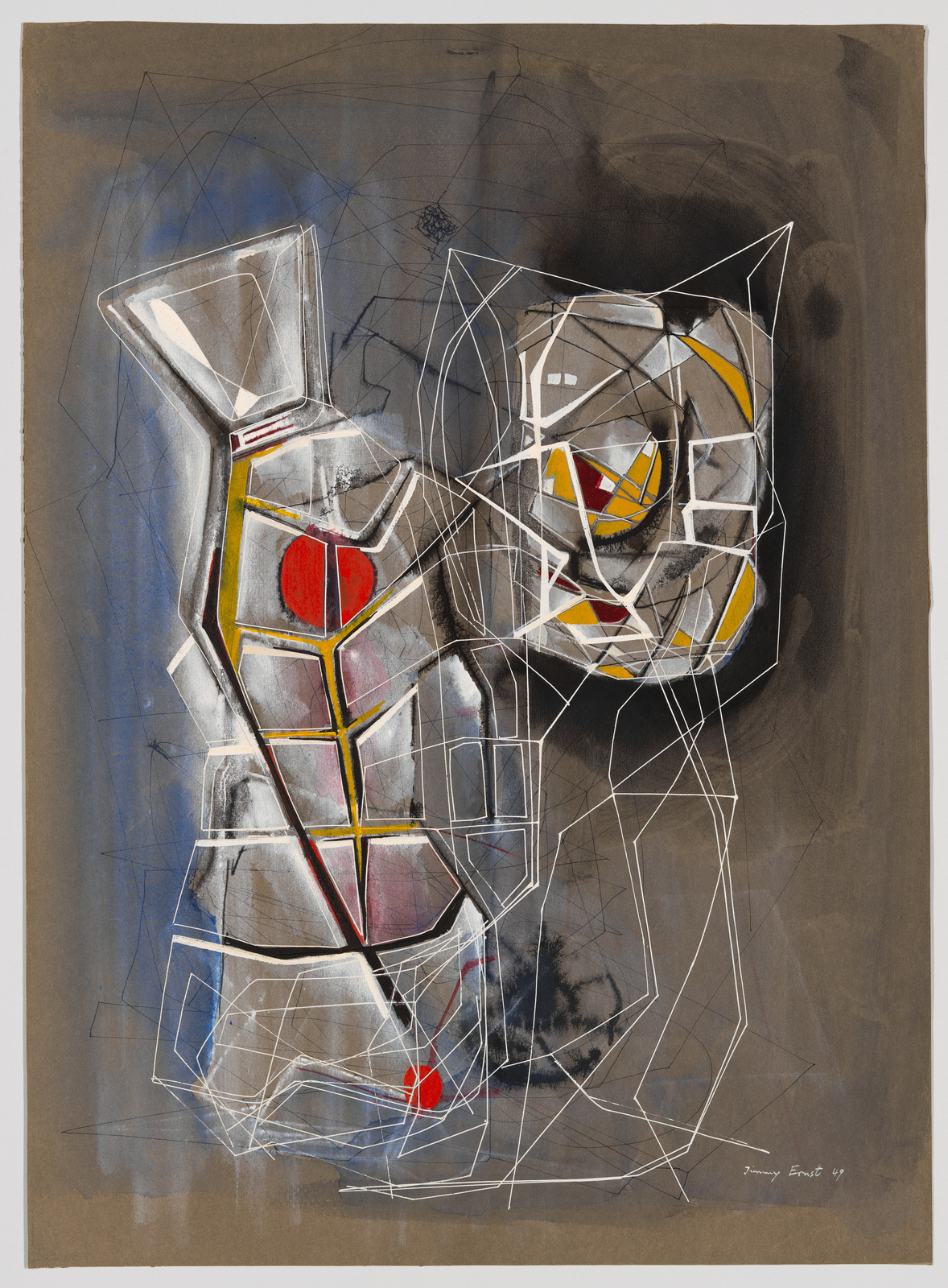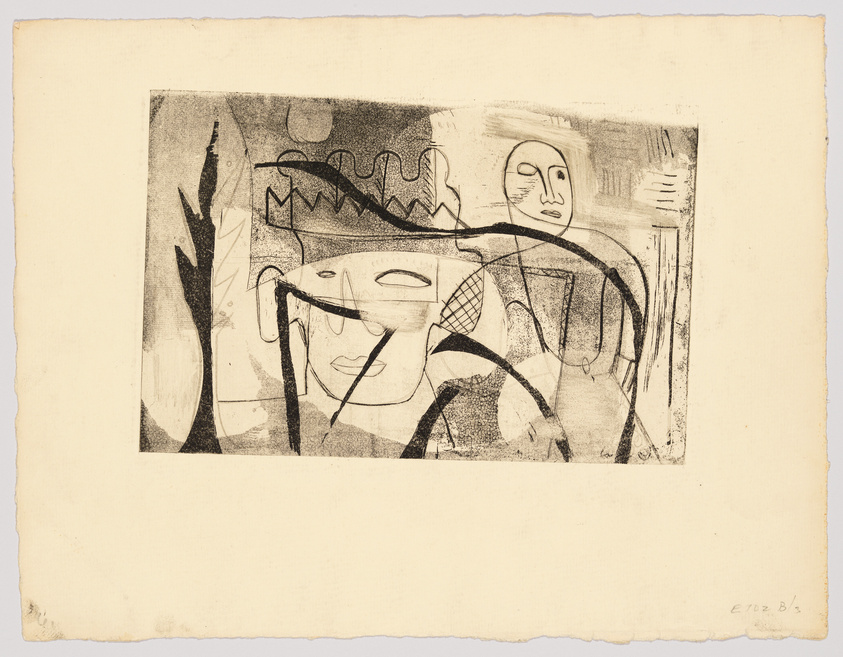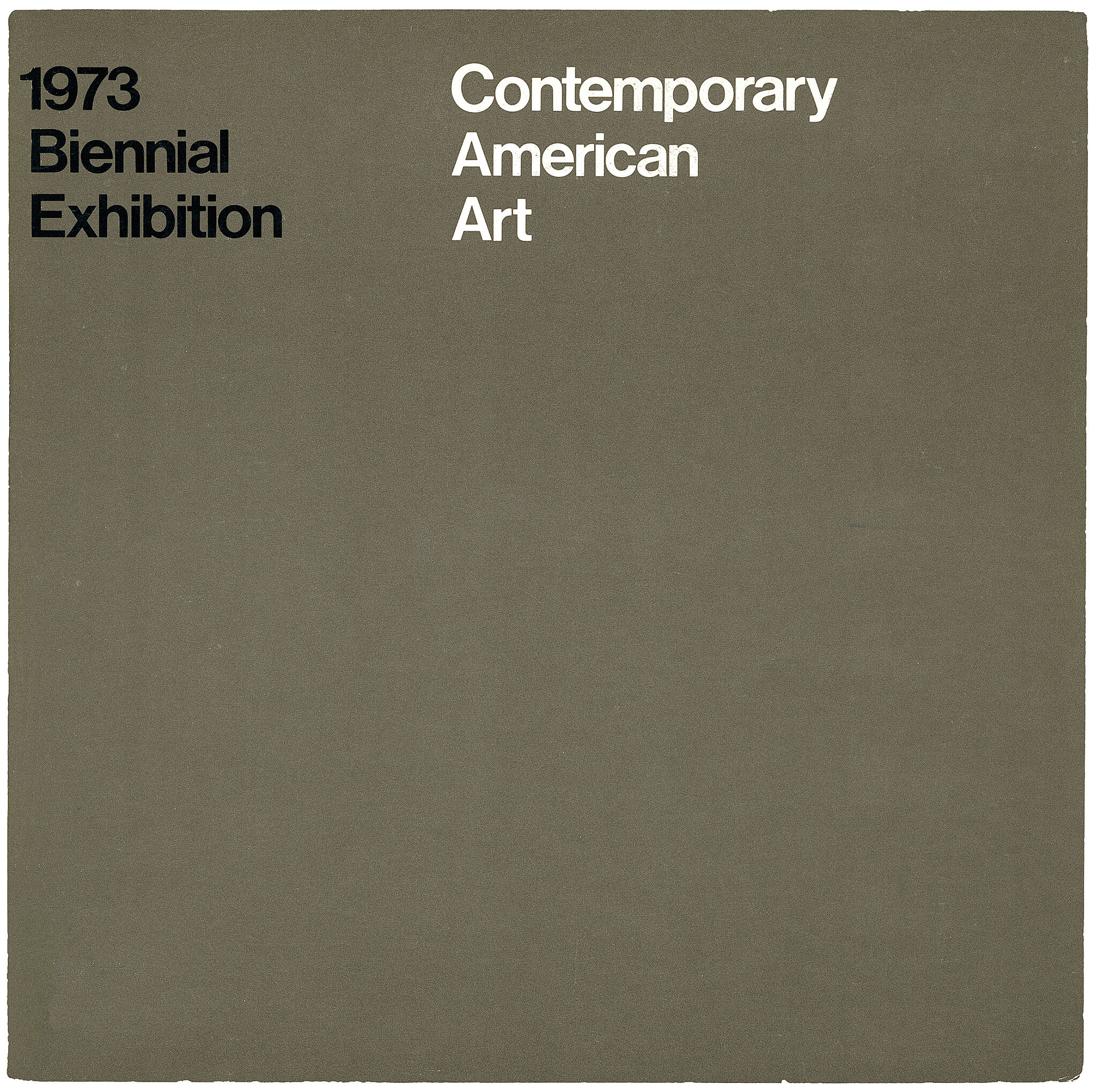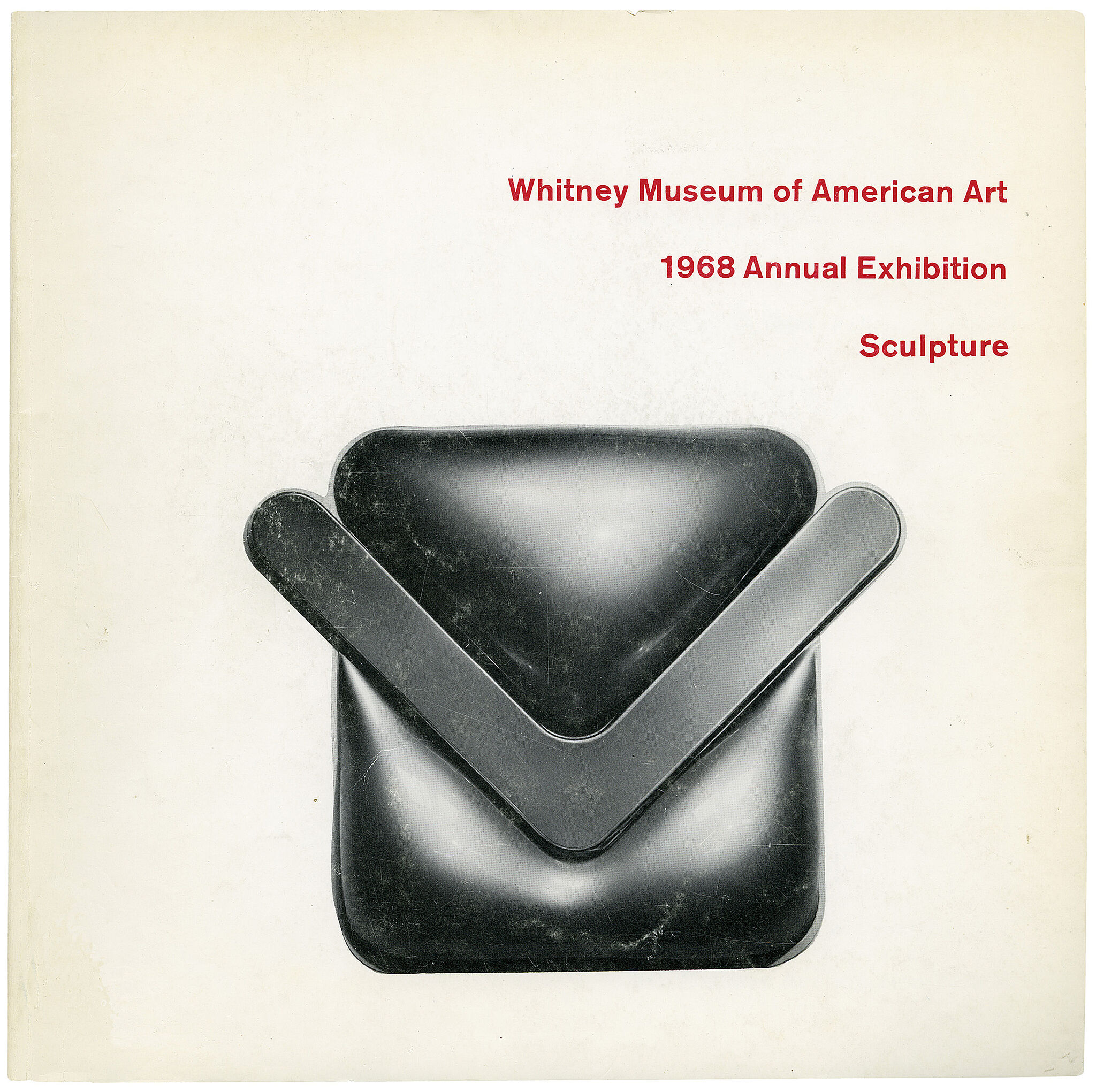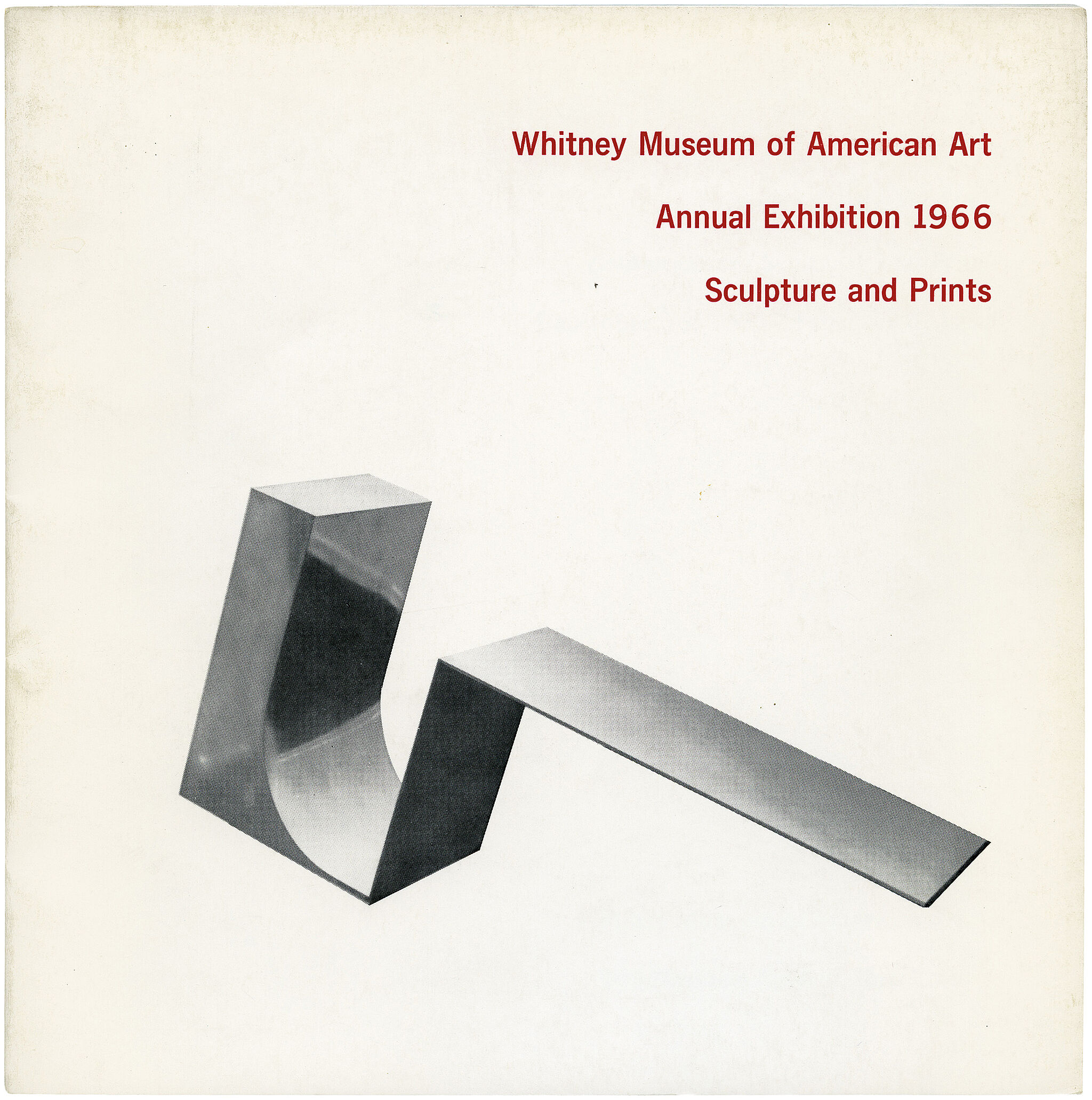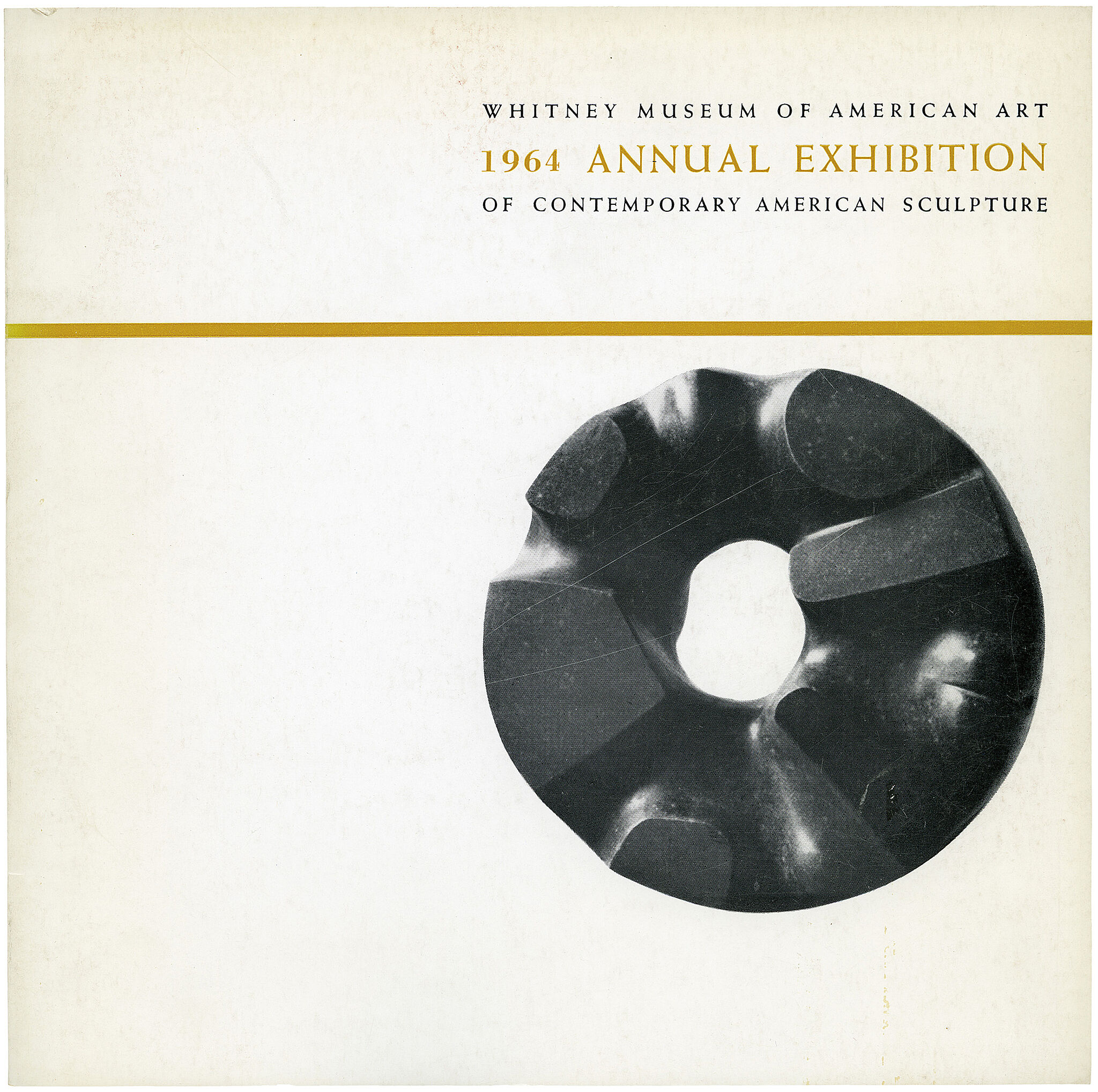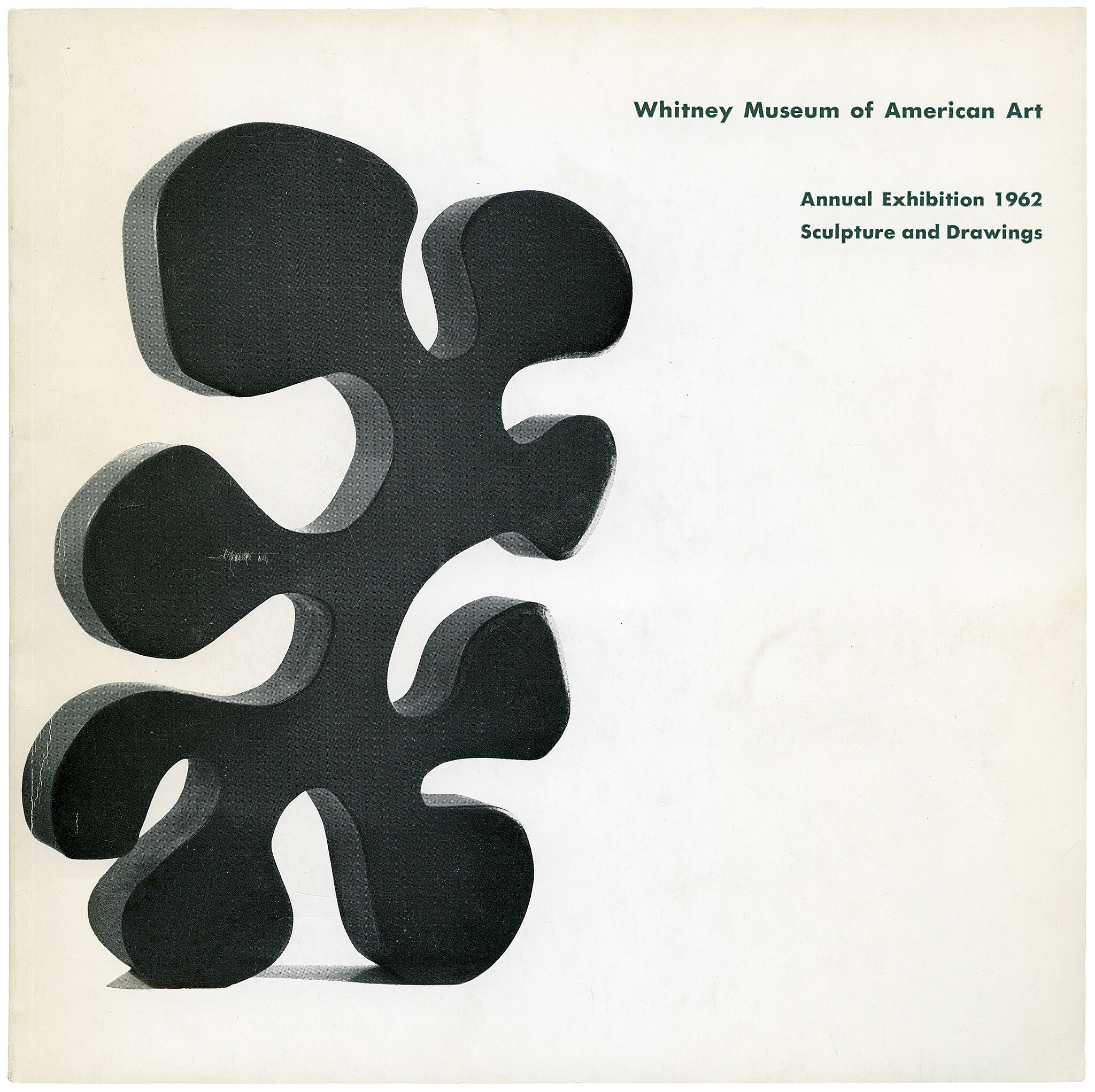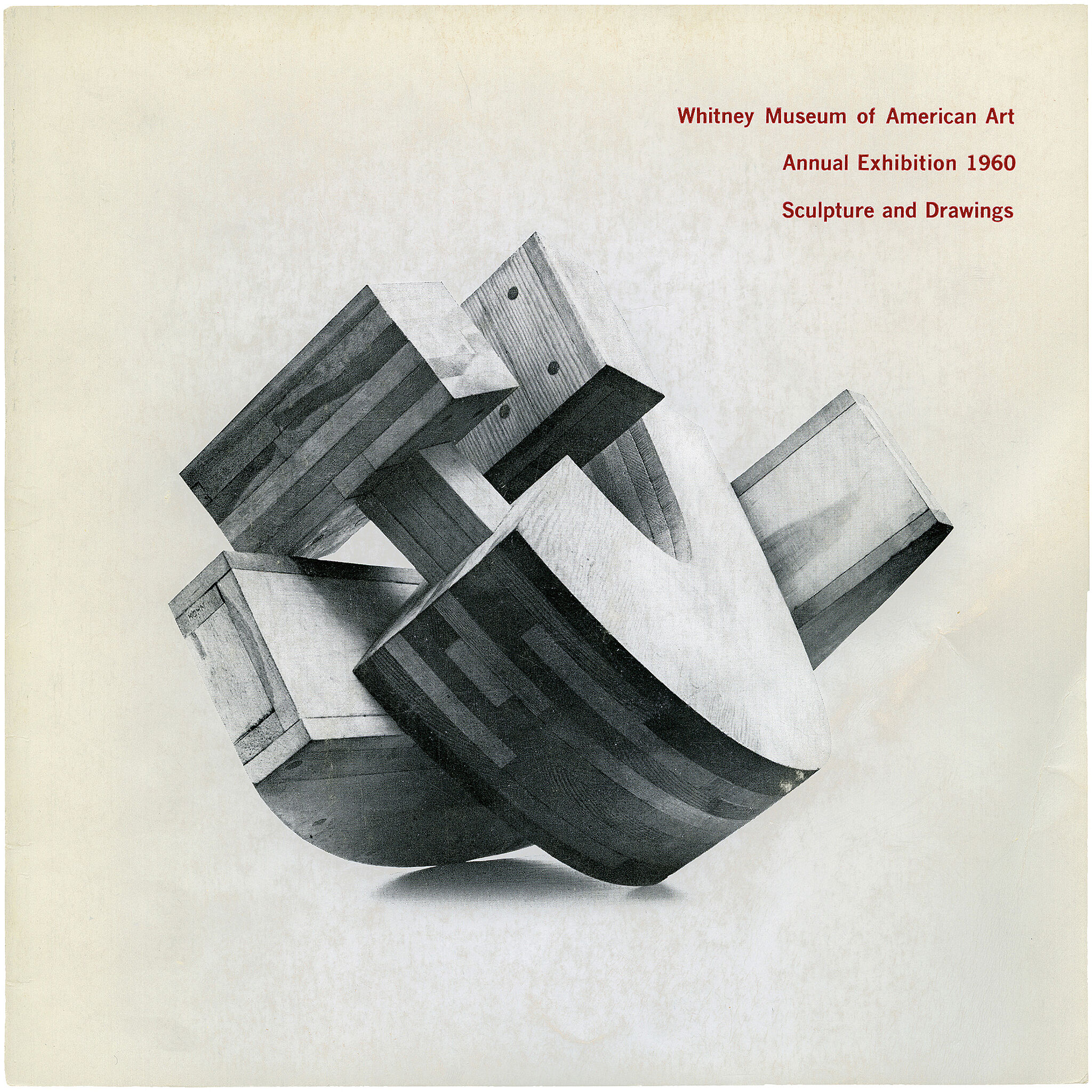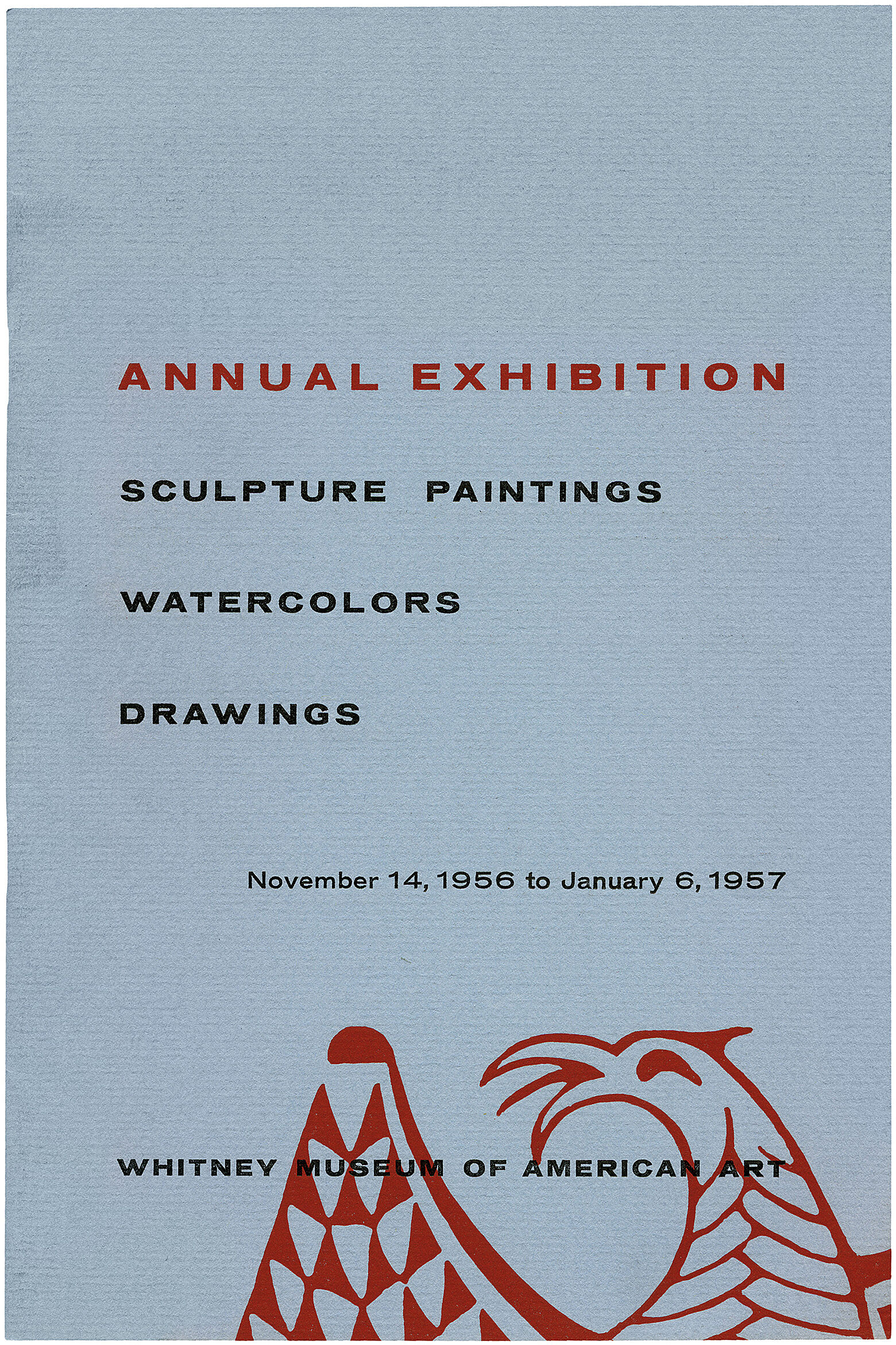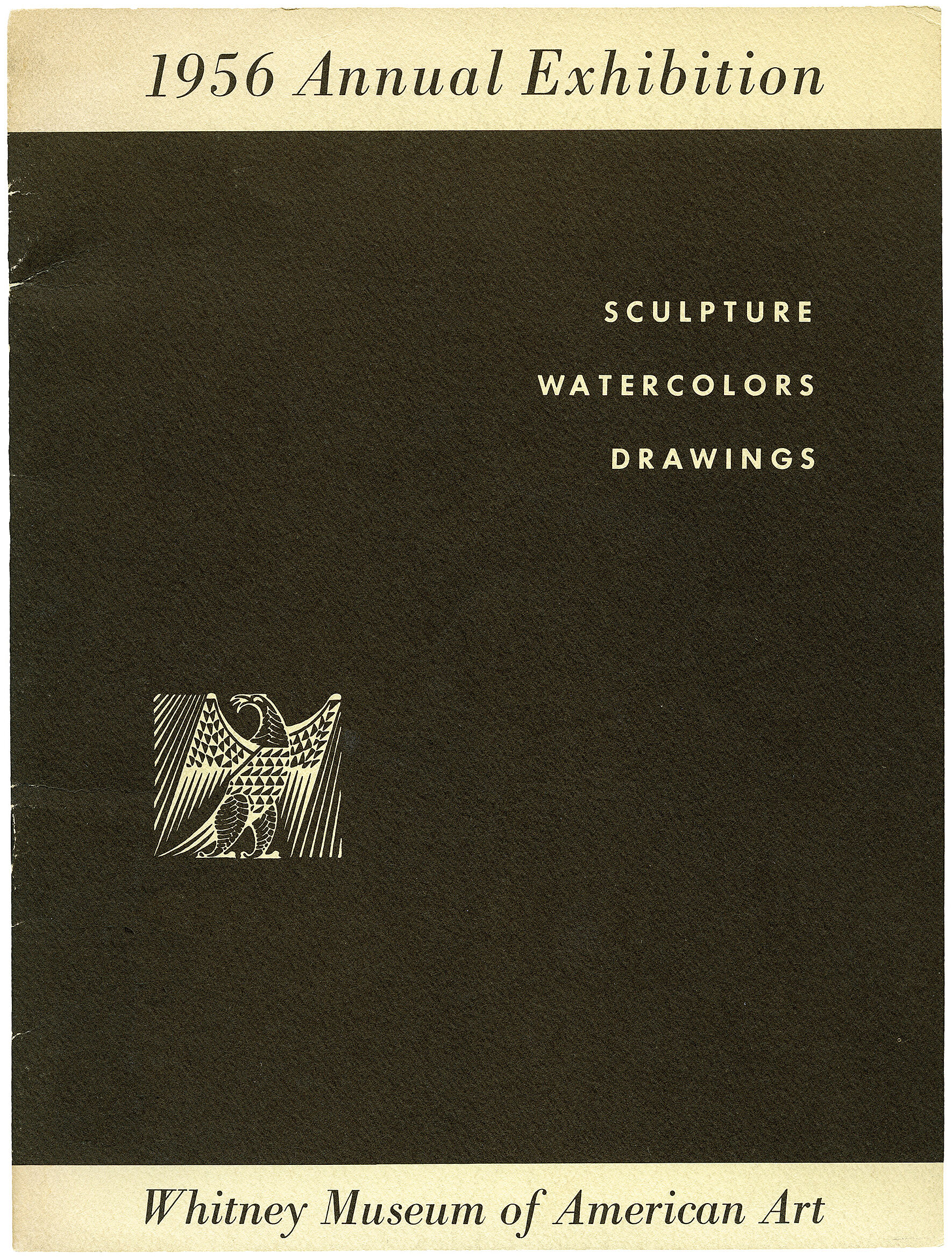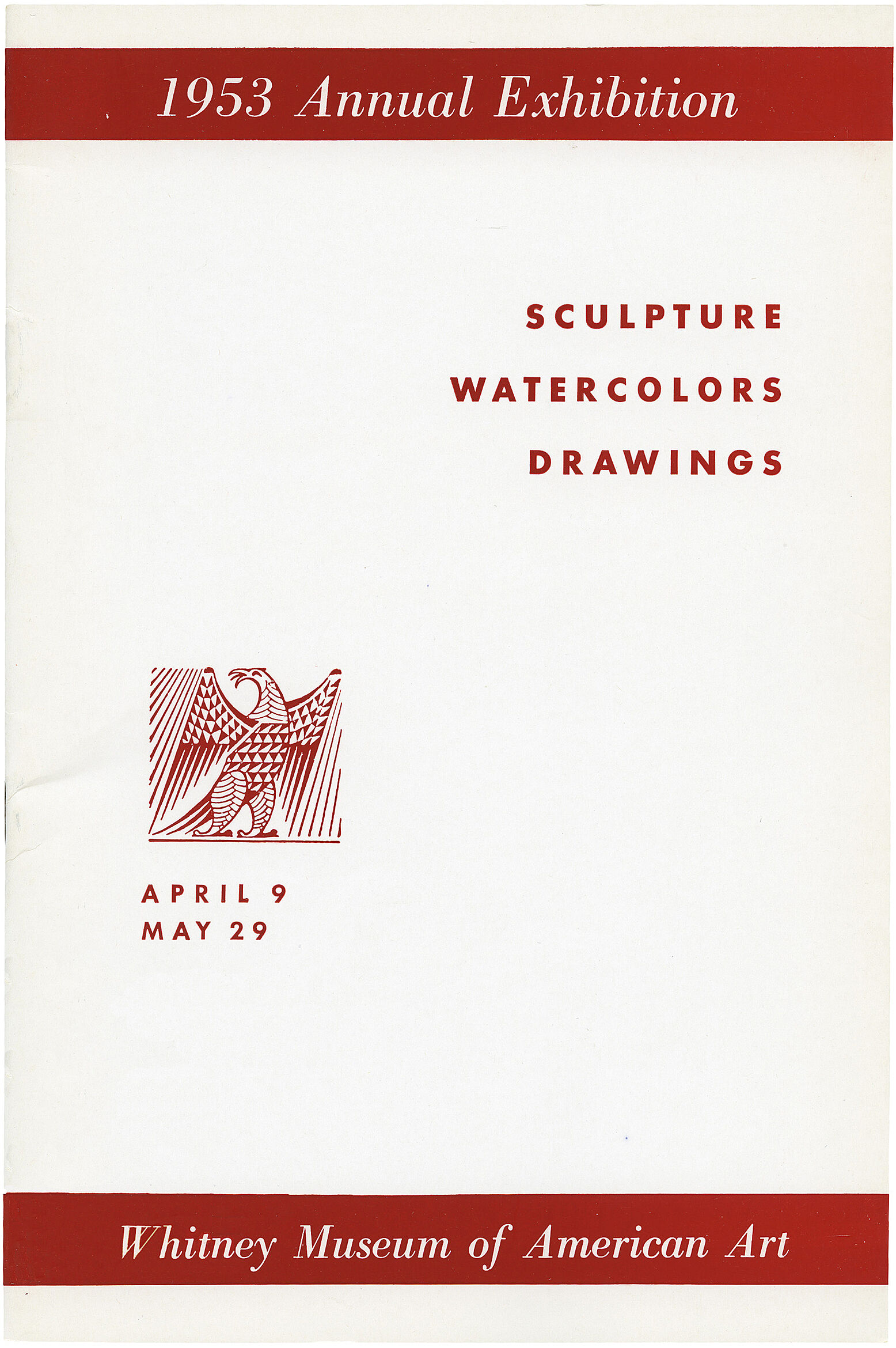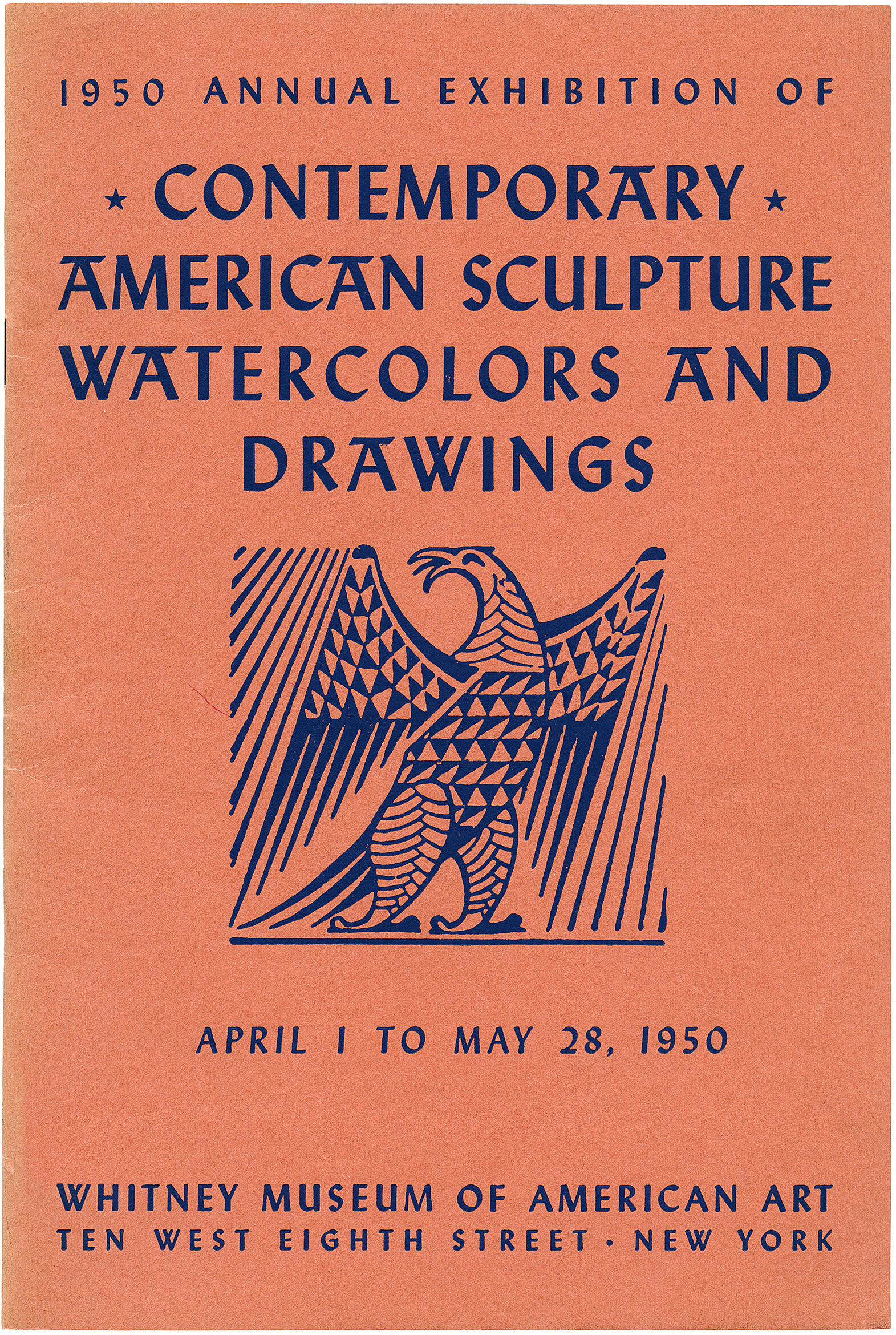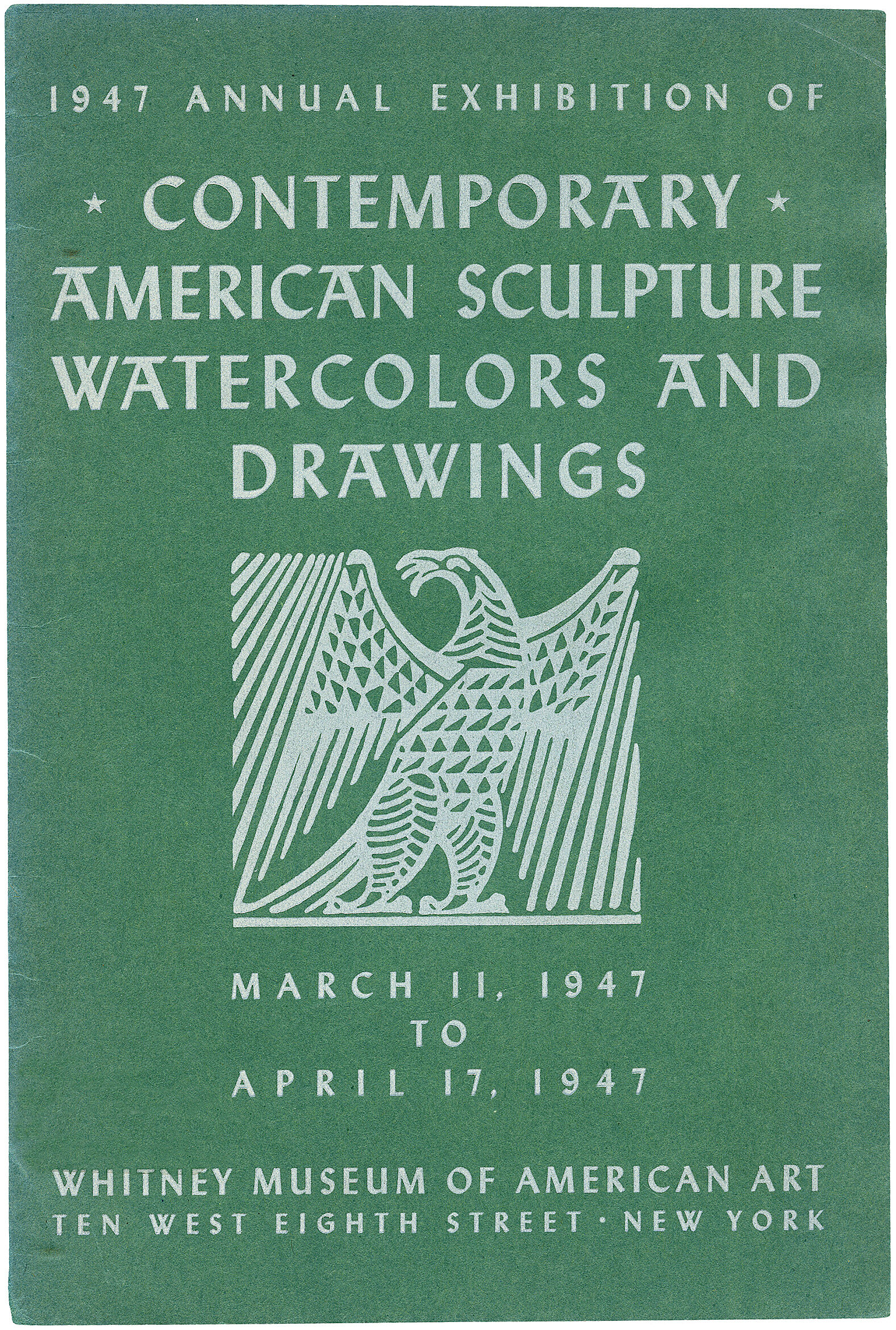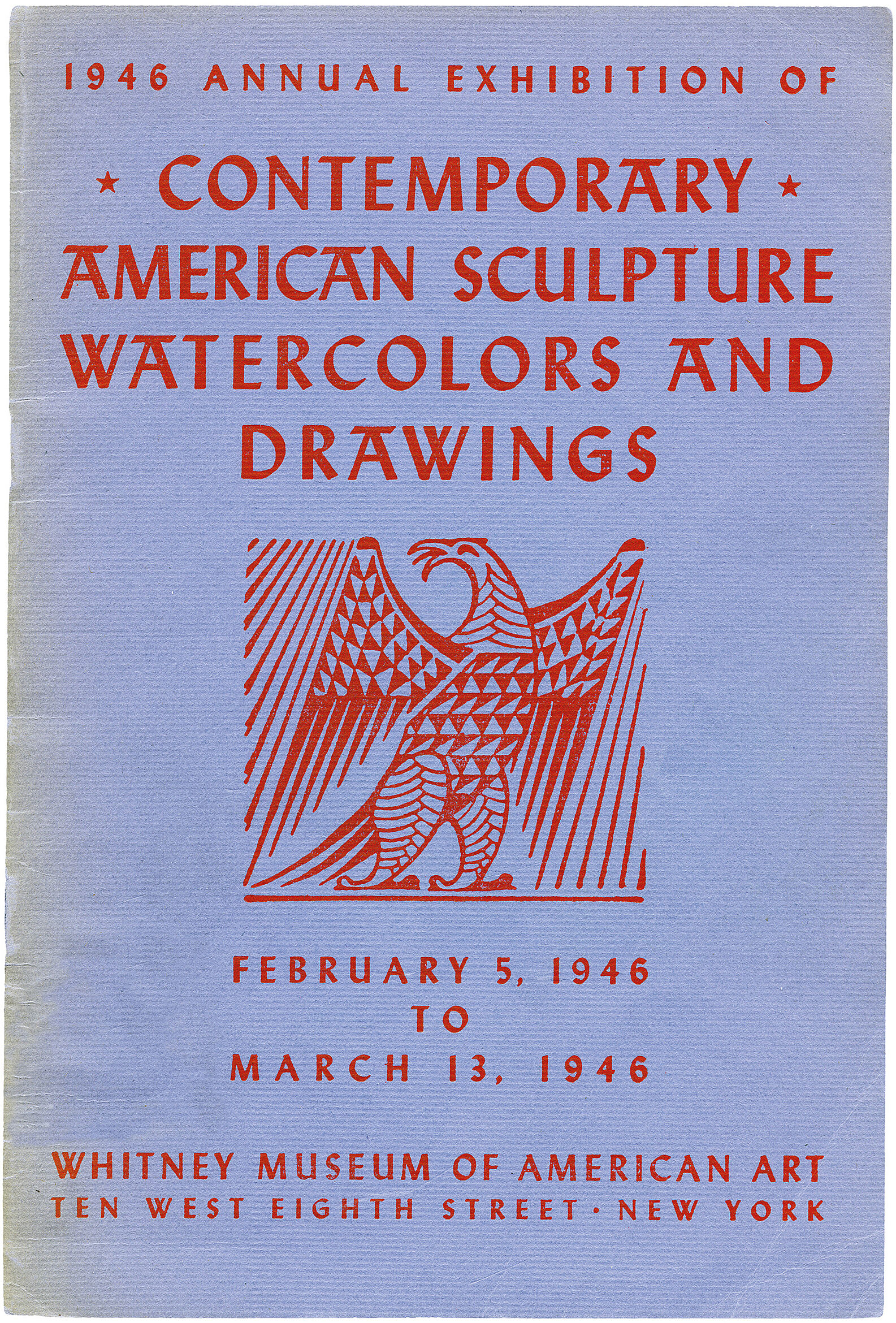Louise Nevelson
1899–1988
One of the foremost American sculptors of the twentieth century, Louise Nevelson is renowned for her monochromatic assemblages of found or cast fragments, combined in dramatic abstract installations. Trained as an actress, modern dancer, singer, and painter, Nevelson (born in the former Russian Empire) studied with Hans Hofmann and assisted Diego Rivera on WPA murals in New York before taking up sculpture in the mid-1930s. When metal was less available during World War II Nevelson began working with wood, a material she associated with the lumber and building businesses of her father and grandfather. By the early 1950s she had incorporated etching, terra cotta, and stone work into her multifaceted practice, and by 1954 she produced her first series of black-painted landscape sculptures, a breakthrough that would give way to large-scale environments unified by a single color.
One of these, Dawn’s Wedding Feast, a sprawling installation of Nevelson’s first white sculptures, was created for the Museum of Modern Art’s 1959 exhibition Sixteen Americans. Composed of found wood—stacked boxes, antique chair legs, banister railings, finials, and other architectural fragments—the elements towered against a sixteen-foot-long wall, rose up from large plinths, or hung from the ceiling like totemic stalactites. It represented, in Nevelson’s words: “a white wedding cake. A wedding mirror. A pillow . . . a transition to a marriage with the world.” After the exhibition closed, the installation was disassembled and recycled into new compositions, a cathartic process Nevelson often employed. Although Dawn’s Wedding Chapel II was the result of such reconfiguring, it retains the geometric complexity, formal cohesiveness, and elaborate equilibrium of Nevelson’s original assemblage.
Introduction
Louise Nevelson (September 23, 1899 – April 17, 1988) was an American sculptor known for her monumental, monochromatic, wooden wall pieces and outdoor sculptures. Born in the Poltava Governorate of the Russian Empire, she emigrated with her family to the United States in 1905. Nevelson learned English at school, as she spoke Yiddish at home.
By the early 1930s she was attending art classes at the Art Students League of New York, and in 1941 she had her first solo exhibition. Nevelson experimented with early conceptual art using found objects, and experimented with painting and printing before dedicating her lifework to sculpture. Usually created out of wood, her sculptures appear puzzle-like, with multiple intricately cut pieces placed into wall sculptures or independently standing pieces, often 3-D. The sculptures are typically painted in monochromatic black or white.
A prominent figure in the international art scene, Nevelson participated in the 31st Venice Biennale. Her work has been included in museum and corporate collections in Europe and North America. Nevelson remains one of the most important figures in 20th-century American sculpture.
Wikidata identifier
Q7531
Information from Wikipedia, made available under the Creative Commons Attribution-ShareAlike License . Accessed November 8, 2025.
Introduction
American sculptor, born in Ukraine.
Country of birth
Ukraine
Roles
Artist, painter, sculptor
ULAN identifier
500001621
Names
Louise Nevelson, Louise Berliawsky, Louise née Berliawsky
Information from the Getty Research Institute's Union List of Artist Names ® (ULAN), made available under the ODC Attribution License. Accessed November 8, 2025.

